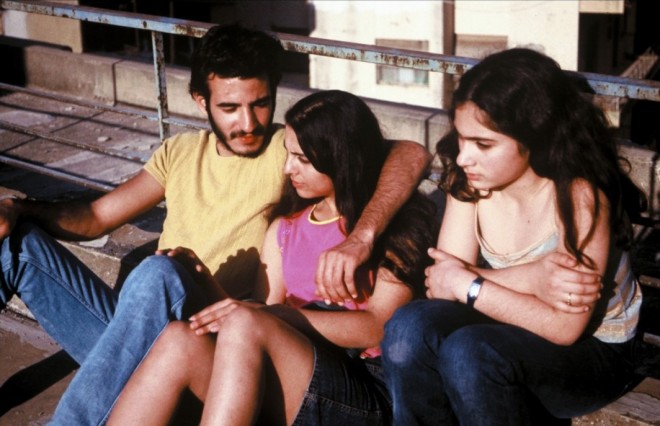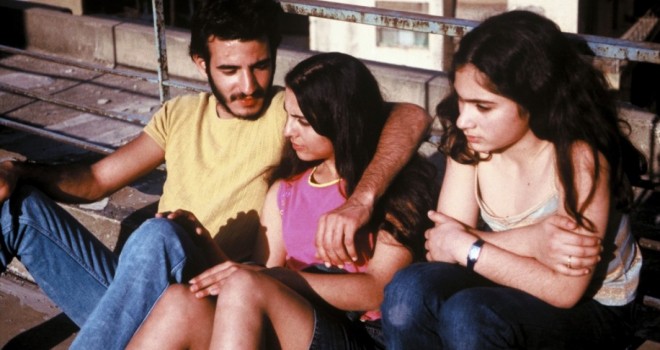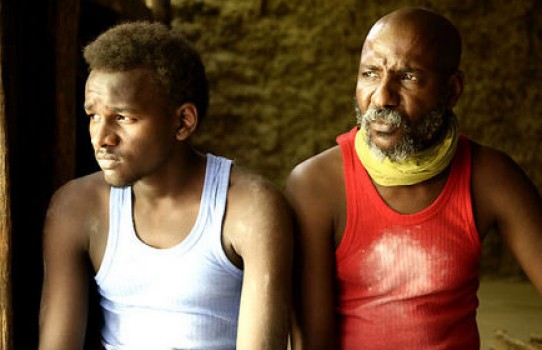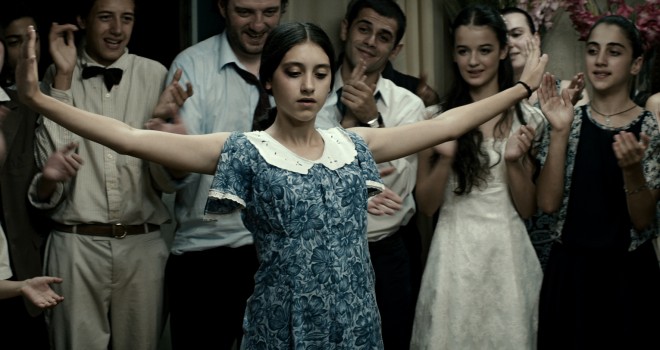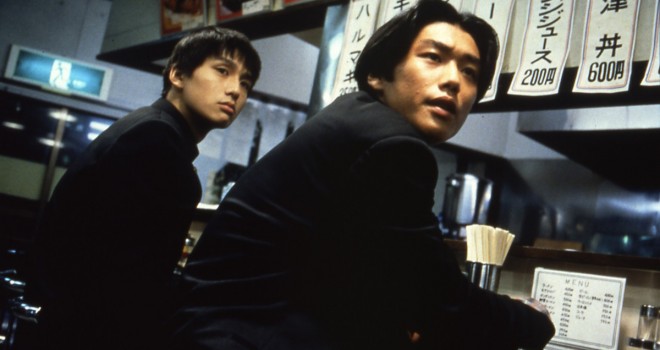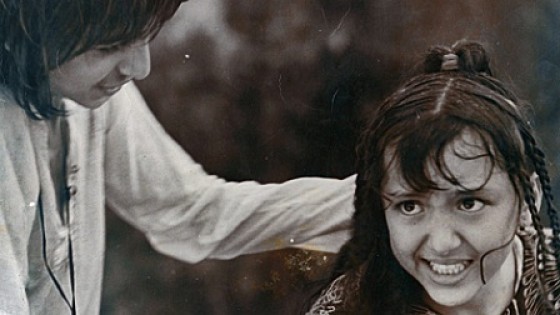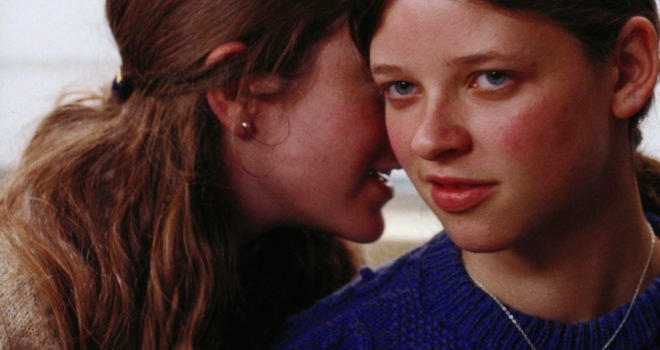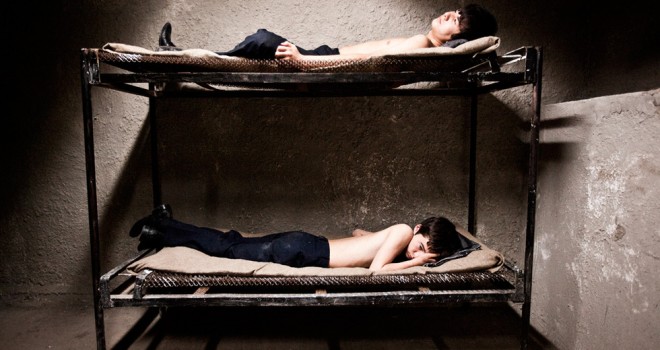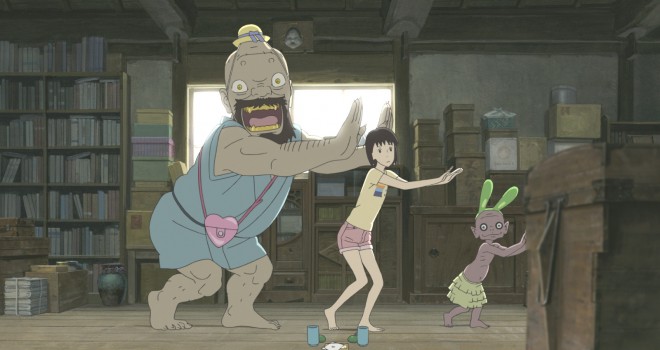In the 1950s, the term “Teen Movie” was used to describe a new standard in the American film industry, designed to appeal to a young audience who had grown up in the fold of rock’n’roll. However, this trend of films for teenagers was soon overtaken by films with and about them. So time has invited us to greatly expand the scope of this generic term, or rather, to extract from this perfunctory labelling and archetyping a vast constellation of films still jostled and questioned by adolescence. Gus Vans Sant, Francis Ford Coppola, then his daughter Sofia, Harmony Korine, Larry Clark, Kiyoshi Kurosawa, Céline Sciamma, Jacques Doillon are some of the filmmakers marked out by their fondness for saddling themselves with these young in-betweeners. One generation after another, teenagers take over the screen – invariably the same and always different. Yet cinema rarely masquerades as the sentinel of an age that it could well view from a reassuring distance, believing itself unscathed and off the hook. Instead, it is excited, attracted, disconcerted and pricked to the core by these teenage presences, which – now the exit point of the reference age group has begun to shift (when exactly do we leave it?) – demand a reset of the focal point where cinema will again act out, like the characters of Twilight and their success, the myth of its eternal youth. By examining so closely the accepted and modelled definition of this age (rites of passage, counter-culture, sexual initiation, excesses and revolt…), cinema runs the risk of seeing young people conduct their own experiments and come up against the contradictory references that shape the world around them (emancipation and consumerism, inner conflict and social conformism, the excesses of anything to hand and of a controlling society, self-destructive behaviour and the reign of images and appearances…). The Teen Movie thus becomes the locus for unpredictable and amoral soul-searching in constantly updated versions.
For what characterises the teenage years is a perception of the world as one that could race off in any direction. In their challenge to convention and authority (or so we wish to believe), youngsters seize every opportunity available, engross themselves in novelties that are ever gaining speed, and welcome fear as much as excitement, guided as they are by the compelling need to find their own movement. In sum, it seems that at this age one wants – without knowing exactly where to start – one’s life a little more than at other times. So teen cinema carries the mythology of adolescence, trying to avoid easy seduction in order to become a cinema of desire, temptation, worries, clumsy moves, denial, retreat, illusion. Between teenagers and the society they traverse, the body becomes an emblematic witness to these intense and transitory states and raises questions in multiple forms. The adolescent body takes pleasure in the glory conferred on it due to its changing, loving and vulnerable nature: a weapon of seduction, a sensitive surface, an enigmatic piece of machinery, a well-functioning servant. Me, in whole or in part… is the seal of a reign for whose truth advertisers construct an insatiable appetite that is eager to ward off its impermanent state. And while the ephemeral empire of adolescence that visits our lives conserves a value in the eyes of art, it is inseparable from the memory of the moment where moving forward and categorical refusal coincide.
Here and there, in Argentina, Japan, Lebanon, Chad, Georgia, Mexico… it is not one teenager but many who refute the exclusion that they sometimes feel they suffer, many who from film to film resist their dissolution in a world they have not chosen, many who worry and rebel but who hold the stage until the end of the scene, as they know from experience that their time is counted but that the enjoyment and prestige of their age has no end.
Jérôme Baron



